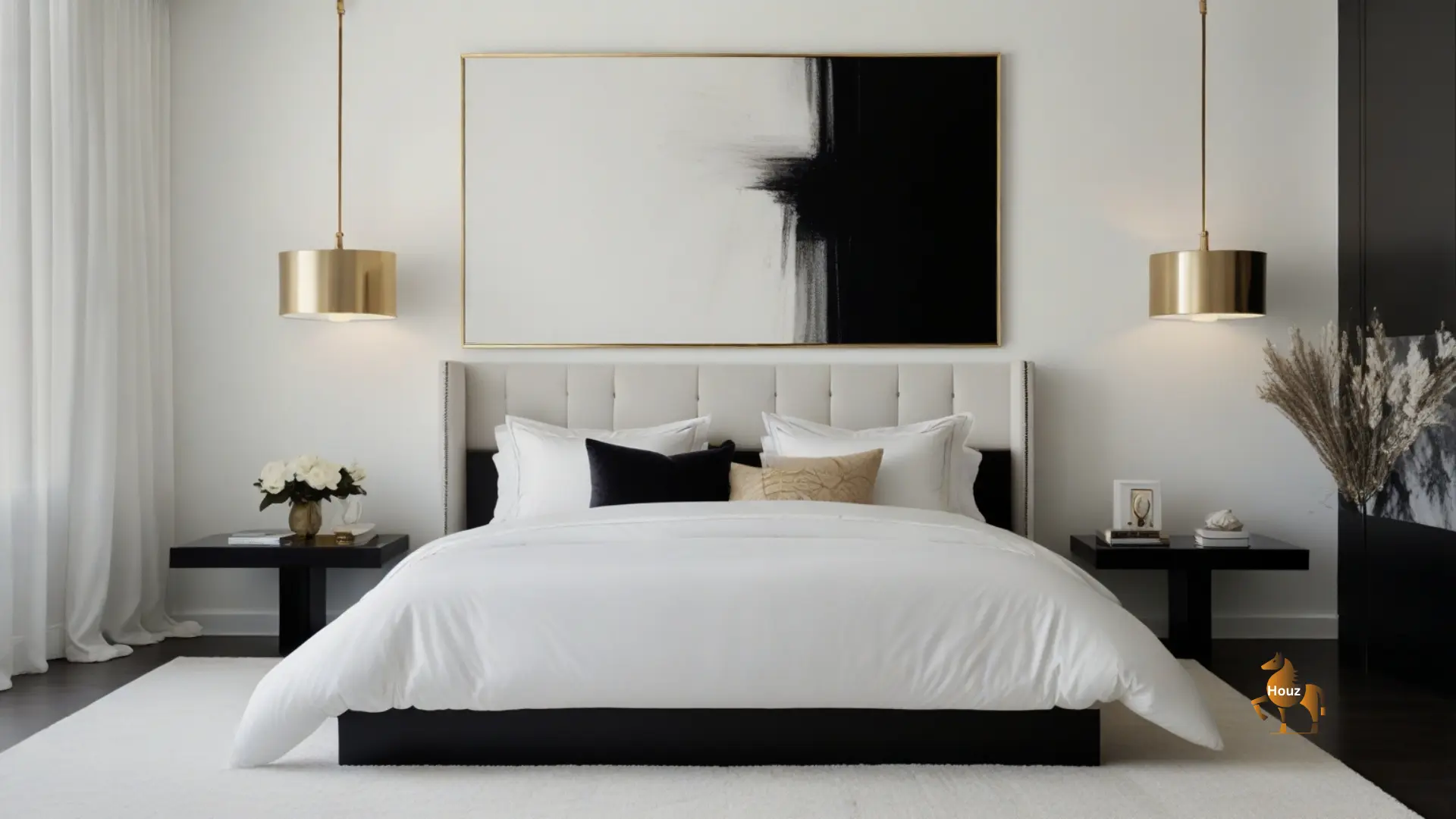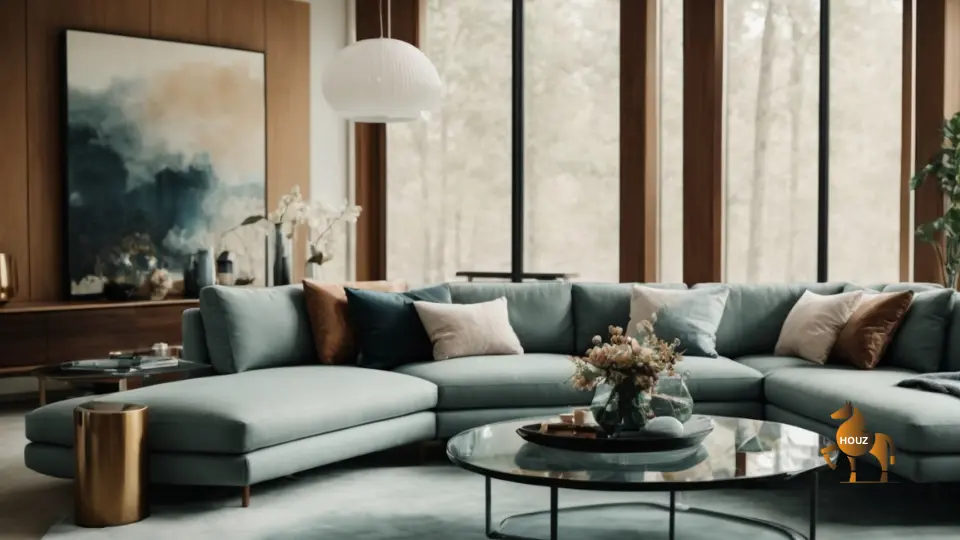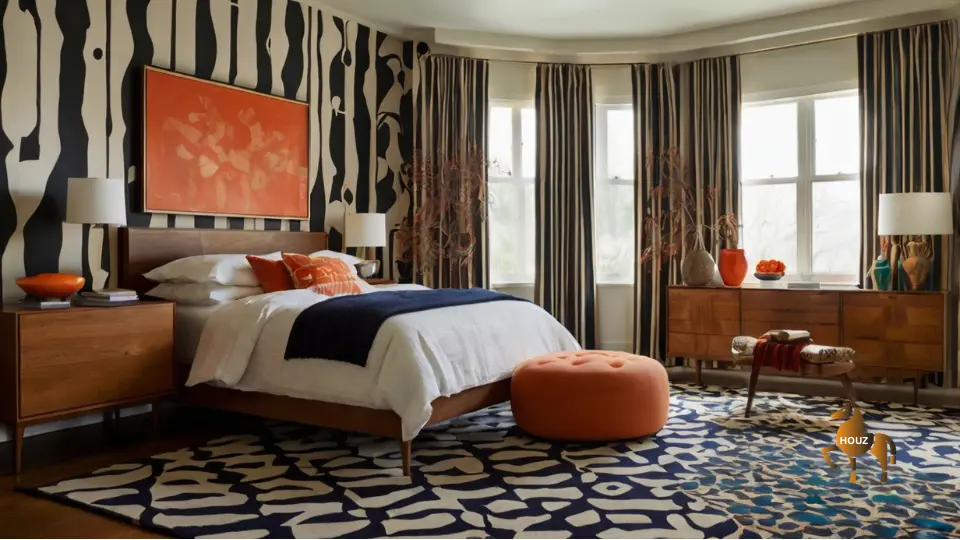
Interior Design-Holistic Approach
From this blog post you will be learning how the art of interior design is not just about aesthetics but how designs can provide for our psychological and physiological needs. This comprehensive guide focuses on the historical roots of Feng Shui, the principles of universal design, and the cultural significance of interiors space. Find out how to construct a positive and supportive cultures that fosters acceptance and self-identity
Feng Shui: Harmonizing with the Flow of Qi
The Chinese practice of Feng Shui is much the same and entails arranging objects in such a way that the universal energy, or qi, can circulate freely. It is believed to have impact on health, wealth, and happiness in our lives.
Basic principles of Feng Shui
Five Elements- All the five elements (wood, fire, earth, metal, and water) must be in equilibrium for proper functioning.
Bagua Map- A symbol in the form of a grid showing the eight spheres of life: career, money, partnership, popularity, family, health, education, and friends.
Clutter Clearing- Cluttering, in other words, is a problem since it disrupts the circulation of qi.
Direction and Placement- Interpreting the effects of feng shui, some items such as furniture pieces, objects, and even the front door of a home can really create a difference with regards to energy.
Tips to use Feng Shui in Home Decor
Entrance- Ensure that the entrance is clean and well lit because it is agreed that a clean and brightly lit environment will attract good energy.
Kitchen- Do not position the stove with its back towards the sink as this location imparts financial vulnerability.
Bedroom- It is advisable not to place the bed directly under a window or door.
Bathroom- As much as possible, shut the door of the bathroom to ensure that wealth does not escape.

Universal Design: Creating Inclusive Spaces
The idea in Universal Design is to build environments for all, regardless of age or ability and one can easily realise that it holds truth. It is an attributable approach to solving Accessible Stewardship since it increases inclusiveness and ensures that everyone can enjoy a comfortable and functional environment.
Principles of Universal Design
Equitable Use- Design is for all the people of the society, so design should be for all the disabled too.
Flexibility- To begin with, when it comes to design, the objectives should be aimed at facing as many options, preferences, and potentialities of a person as possible.
Simple and Intuitive Use- Design should always be simple to comprehend as well as employ always and in all forms, regardless of the user’s experience or knowledge level.
Perceptible Information- Design should never be ambiguous, or complicated in a way that a particular user’s sense cannot comprehend.
Tolerance for Error- Design should reduce the likelihood of making mistakes and should give an indication of this.
Low Physical Effort- Design can not allow for the usage of much physical force or energy when interacting with the artefact.
Size and Space for Approach and Use: Design should help one to move around and reaching elements.
Six Tips to Consider as Universal Design for Home Decor
Widened doorways- Make provisions to permit wheelchair use.
Grab bars- This may include fitting of grab bars in areas that are slippery such as bathrooms or around areas with stairs for balance.
Lever-style door handles- Easier to use for people with limited hand strength or dexterity.
Non-slip flooring- Reduce falls which is common in areas with slippery surfaces such as in the bathroom and the kitchen.
Adequate lighting- Make certain that there is proper lighting in all the rooms of the home.
Accessible countertops- Design countertops at a comfortable height for all heights of users Getting countertops at the correct heights are very important to enable people of all heights to access them by reaching easily.

Cultural Interior Design: Exploring the Self
Culture is a key aspect in human life and interior design can be a strong media through which to exhibit it. Thus, using elements of a particular culture, we can design artistic and semiotic interiors.
Cultural Elements to be incorporated in Interior Design
Colors- There various definitions to colors depending on the culture one belongs to.
Patterns- Traditional patterns and motifs can add a cultural touch.
Materials and craftsmanship- Some of the concepts of material and craftsmanship are inherent in the culture of a given society.
Furniture and decor- Different cultures possess different traditional furniture and decorative items.
Space organization- People must also apply certain cultural norms and this applies to how they organize and efficiently use the spaces available to them.
Examples of Cultural Interior Design
Japanese-inspired: Simplicity in geometrics, using organic elements and living nature, and pursuing the quality of non-stimulating calmness.
Mexican-inspired: Bright hues, strong prints and Graphics, handmade accessories and clothes.
Scandinavian-inspired: Straight and clear shapes, free access to natural light, and the primary attention to comfort for using accommodations.
Conclusion
Using these concepts in one’s interior design works means that one will create meaningful interiors that accurately express one’s personality. Don’t settle for a space that’s just visually appealing. Create a home that promotes harmony, inclusivity, and personal expression. Start your journey with us and contact with our expert now

Recent Comments